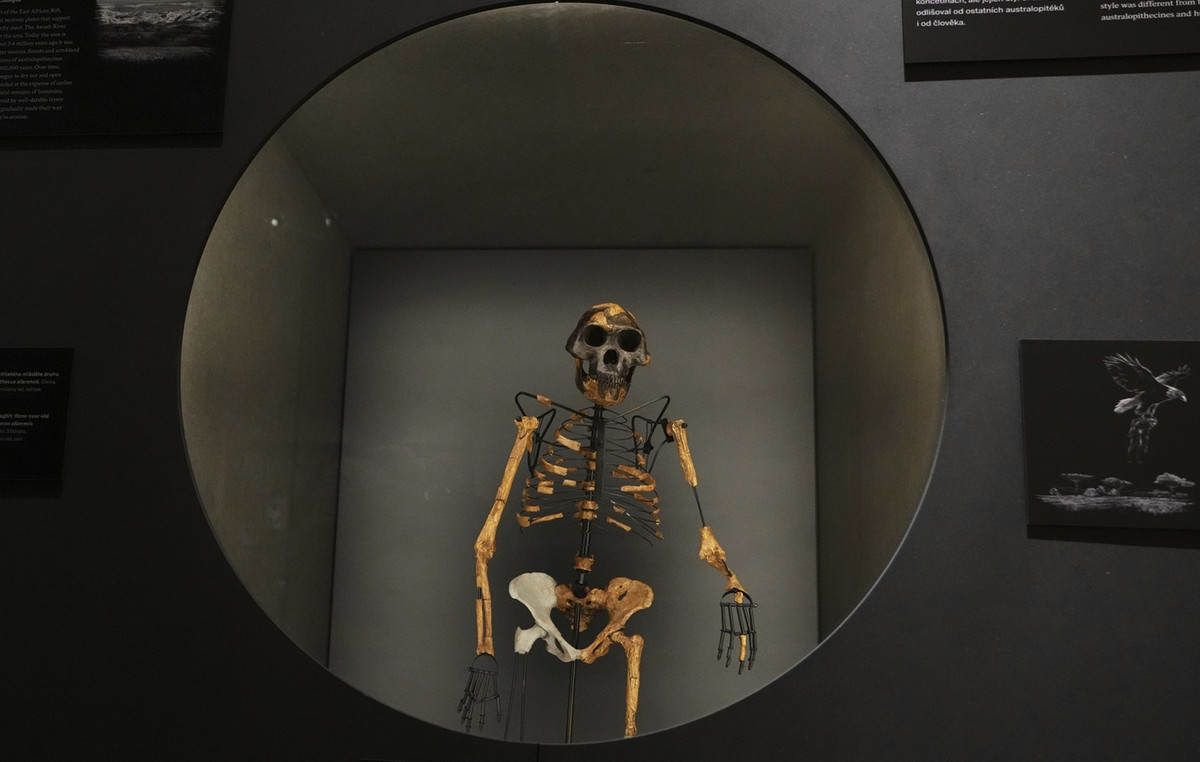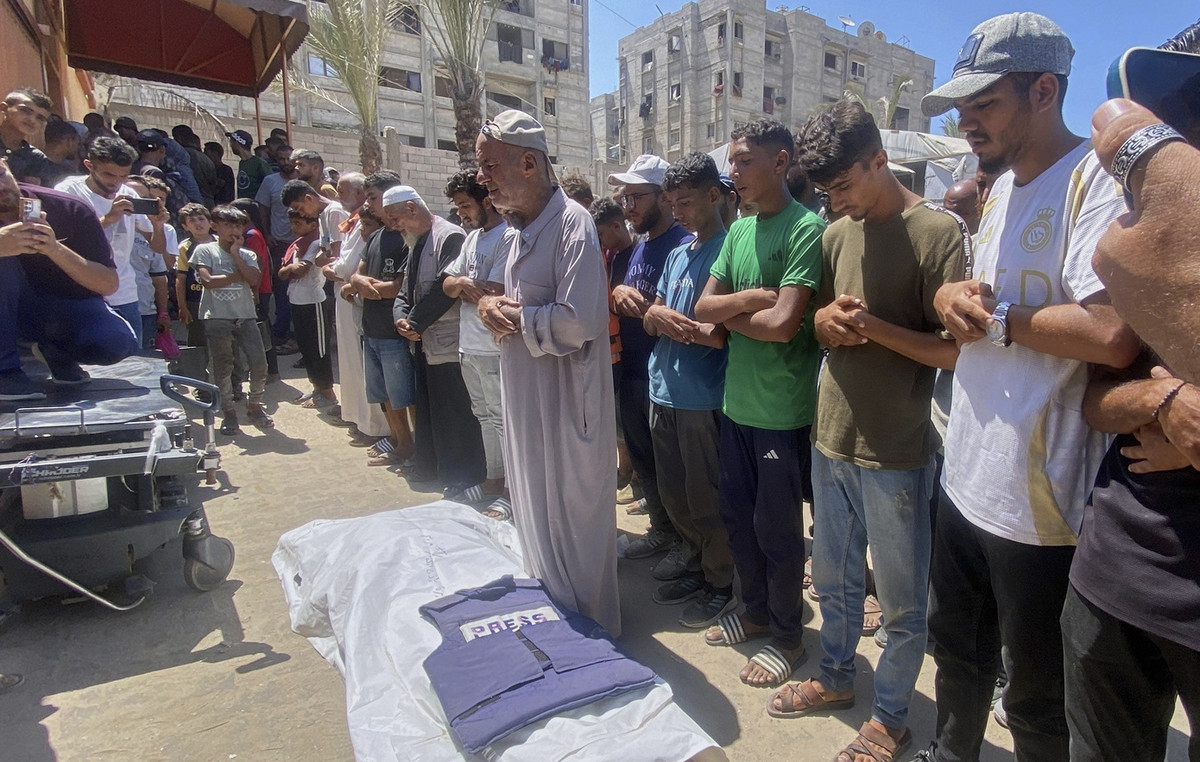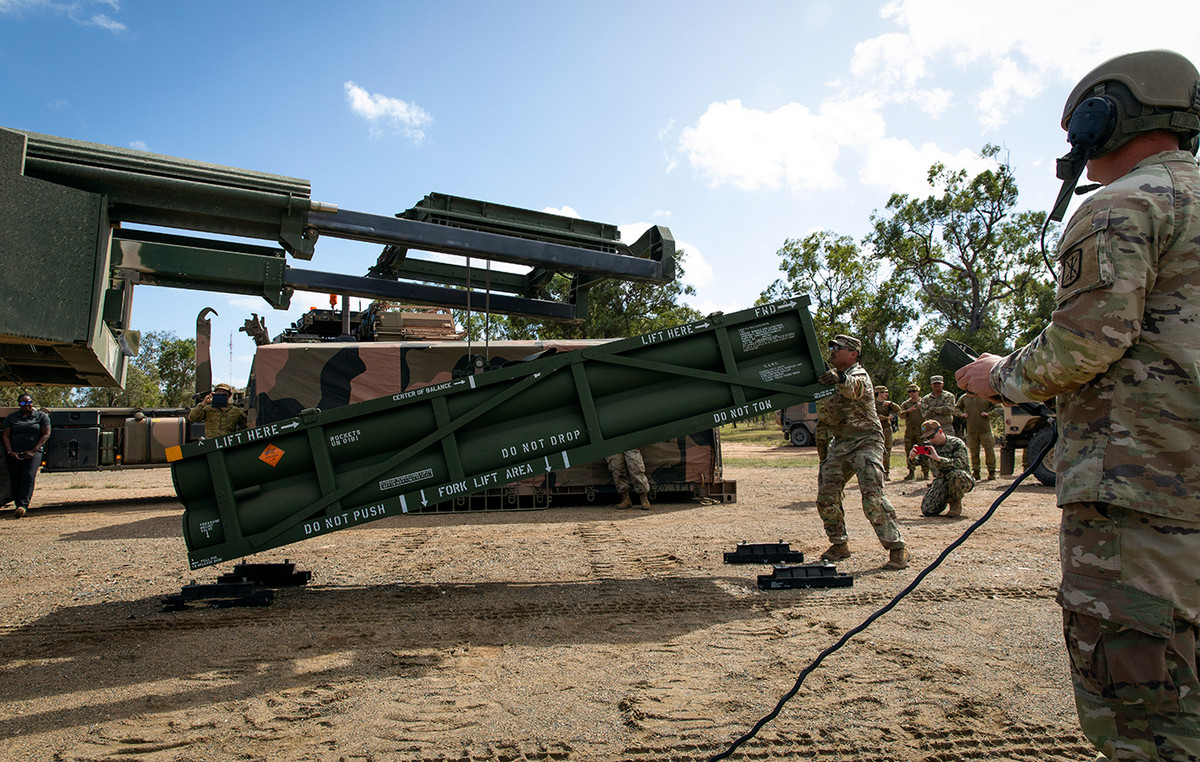Hospitals in Beijing and northern China have faced a surge in cases of respiratory illnesses in children in the country’s first winter since strict Covid-19 measures ended almost a year ago.
Waiting times for care have taken hours, with hundreds of patients queuing at some children’s hospitals in major cities in northern China, according to information obtained by CNN news in state media and messages on social networks.
An official at Beijing Children’s Hospital told state media on Tuesday that the current average of more than 7,000 patients treated daily “far exceeds the hospital’s capacity.”
The largest pediatric hospital near Tianjin broke a record on Saturday (18) by receiving more than 13,000 children in emergency and consultations, according to a local state agency.
When the CNN called to inquire about hours at Beijing Friendship Hospital on Thursday, a staff member said it could take a patient all day to see a pediatrician.
“Right now, we have a lot of children here. Those who arrived for emergency appointments yesterday were still unable to see the doctor this morning,” the team member said.
Health officials in Beijing and other major cities in northern China said typical seasonal illnesses, including flu and respiratory syncytial virus (RSV) as well as mycoplasma pneumonia – a bacterial infection that typically causes a mild infection and affects children – are the main causes of care.
The rise in cases in northern China comes amid a rise in seasonal respiratory infections across the northern hemisphere, including in the United States, where respiratory syncytial virus (RSV) is spreading at “unprecedented” levels among children.
But the Chinese situation raised global concern after the World Health Organization (WHO) on Wednesday (22) asked China for more information about the rise in respiratory illnesses and “clusters with undiagnosed pneumonia in children”, citing a post of the International Society for Infectious Diseases Emerging Disease Monitoring Program, known as ProMED.
After speaking with Chinese authorities and hospital staff on Thursday (23), the WHO said data indicated an increase in outpatient visits and hospital admissions of children due to mycoplasma pneumonia in May and common seasonal illnesses such as adenovirus and influenza virus since October.
“Some of these increases are earlier in the season than historically recorded, but not unexpected given the end of Covid-19 restrictions, as has happened in other countries,” the WHO said.
The agency added that Chinese authorities said there were “no detections of any unusual or new pathogens or unusual clinical presentations.”

Experts monitoring the situation also noted that there was no evidence of a new pathogen at work, but called on China to share more information about the situation with the public.
“We don’t think there’s an unknown pathogen hiding somewhere,” he told CNN Jin Dongyan, virologist at the School of Biomedical Sciences at the University of Hong Kong. “There is no proof of that.”
Catherine Bennett, an epidemiologist at Deakin University in Australia, said the main concern is whether the increase in childhood pneumonia indicates a new pathogen or new levels of disease severity.
“So far we have not heard reports of any of them,” Bennett said, adding that it was important to monitor to rule out further concerns.
Crowded hospitals
In recent weeks, Chinese families have complained on social media about the situation in overcrowded hospitals, with hours for children to get to the doctor and long waits for blood tests. Hospitals can become overcrowded during peak illness seasons.
On Chinese social media platform Weibo, a widely shared photo showed a hospital screen notifying patients that the line was more than 700 people long with an estimated wait time of 13 hours.
At the Capital Institute of Pediatrics in Beijing, the hallways were so crowded that some children with intravenous medication had to sit on their parents’ laps on benches, videos on social media show.
China’s national health authorities and hospital officials have urged parents not to take children directly to large pediatric hospitals. The guidance is that they be referred for diagnosis to other health centers that offer first care and screening.
The National Health Commission (NHC) warned parents on Thursday (23) that large hospitals may have “long waiting times and a high risk of cross-infection”.
In a statement, the Commission further said it had instructed “all localities” to strengthen their management and treatment systems, including the identification of serious cases.
The Beijing government, however, published an article in state media with a doctor telling parents that they did not need to ask for intravenous medications “as soon as a child has a fever.”
The WHO on Thursday (23) stated that Chinese authorities reported that “the increase in respiratory disease has not resulted in patients exceeding hospital capacities.”
Post-Covid outbreak
The rise in hospital cases coincides with China’s first full winter without its “zero Covid” policy, which saw people maintain strict social distancing with masks.
The controls ended abruptly last December after rare protests in the country against pandemic measures to end strict lockdowns.
It is unclear whether there has been an increase in respiratory illnesses or serious cases among children compared to pre-pandemic years because of the limited public data released by China.
“During zero Covid, these (common respiratory) diseases would be underestimated (as people avoided hospitals), and because everyone was social distancing, the incidence was low,” said Jin, a virologist at the University of Hong Kong.
“It is absolutely normal that this year compared to last year there is a large increase. But whether it’s a big increase compared to 2018, 2019, that remains to be determined,” he said.
Social factors may be at play in the current situation, Jin added, as parents may also be more concerned about their children’s health after the pandemic, prompting them to seek medical help.
More attention is being paid to disease outbreaks following the emergence of the coronavirus in late 2019. There are also calls for more transparency – including from China, which has been accused of hampering investigation into the origins of the virus and not releasing early information about its spread.
Christine Jenkins, professor of respiratory medicine at UNSW Sydney, said an increase in viral respiratory tract infections in children at this time of year is not unexpected and is a phenomenon that has been observed over many decades around the world at the beginning of the year. winter.
“However, in the context of the pandemic due to a relatively new virus such as (the novel coronavirus) and the potential for other new viruses or mutations to cause respiratory tract illness, rapid reporting and monitoring are essential,” she said.
Source: CNN Brasil
Bruce Belcher is a seasoned author with over 5 years of experience in world news. He writes for online news websites and provides in-depth analysis on the world stock market. Bruce is known for his insightful perspectives and commitment to keeping the public informed.







